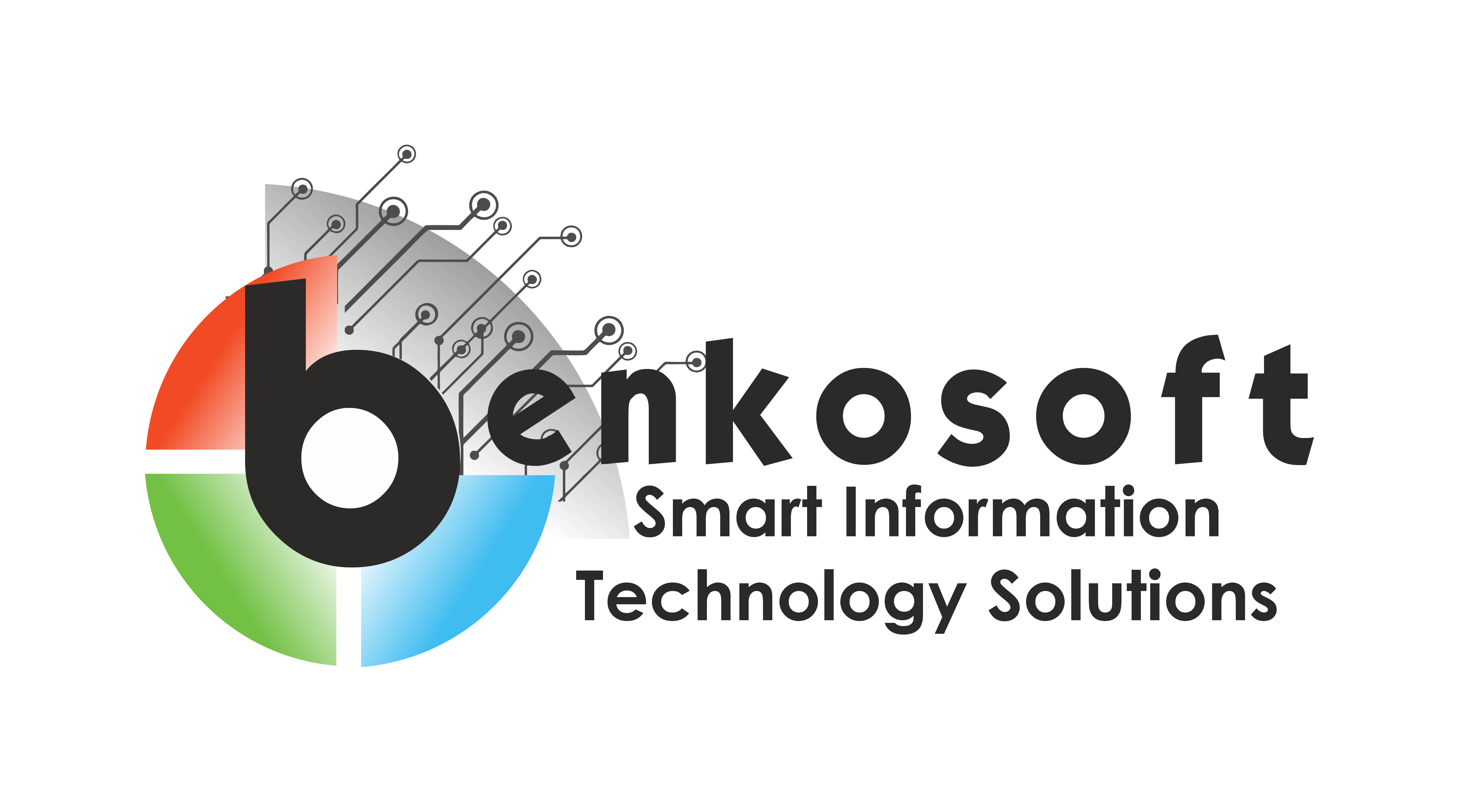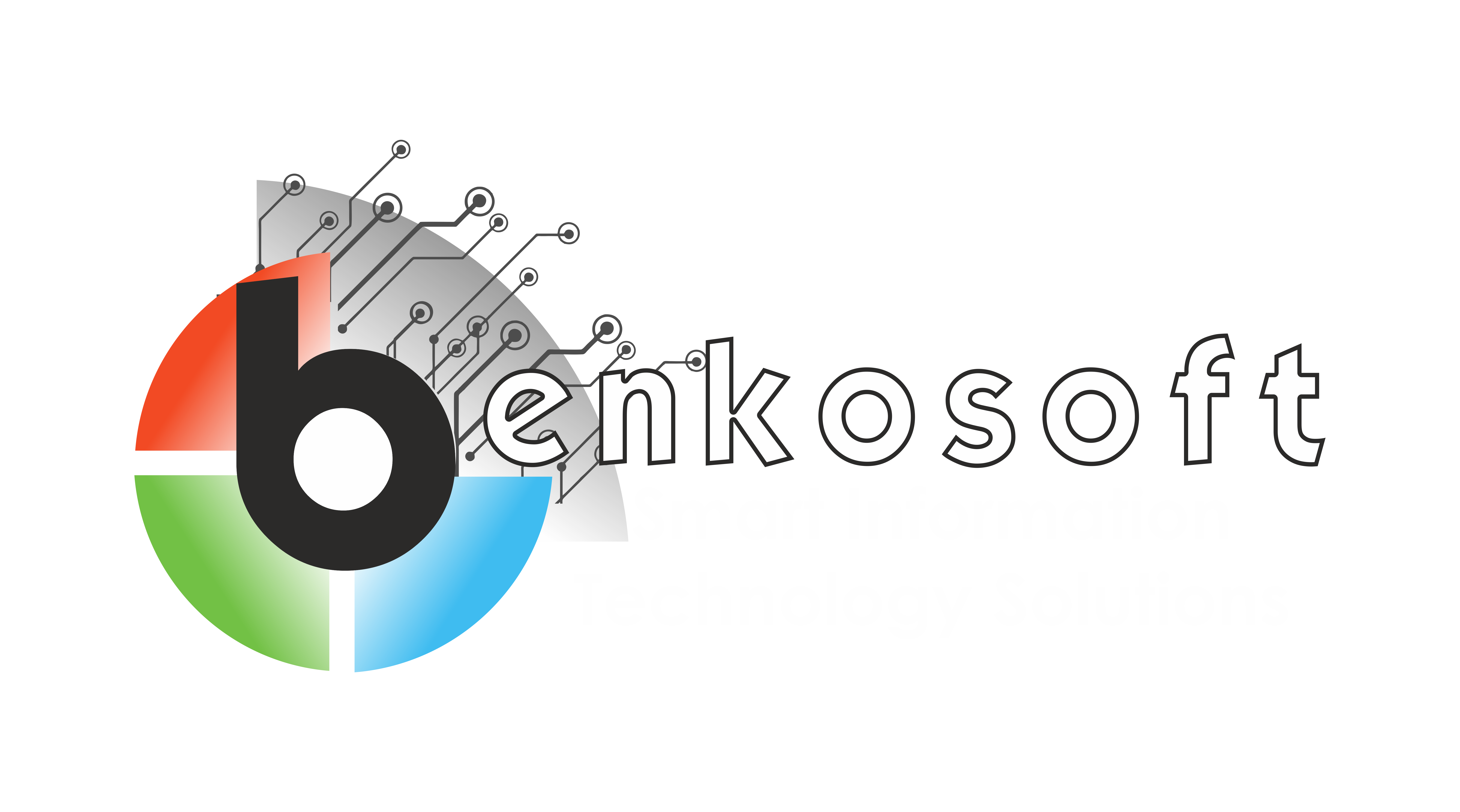Technologies
Django
Django is a high-level Python web framework that encourages rapid development and clean, pragmatic design. It was created in 2003 by Adrian Holovaty and Simon Willison while working at the Lawrence Journal-World newspaper. Django is named after guitarist Django Reinhardt.
One of the key features of Django is its adherence to the DRY (Don’t Repeat Yourself) principle, which aims to reduce repetition of software patterns and promote code reuse. Django accomplishes this through its “batteries-included” philosophy, providing a wide range of built-in features and tools that make it easy to build web applications quickly and efficiently.
One of the core components of Django is its ORM (Object-Relational Mapping) system, which provides a high-level API for interacting with databases. The ORM allows developers to define database models as Python classes, eliminating the need to write SQL queries manually. This makes it easy to work with databases and reduces the likelihood of SQL injection attacks.
Django also includes a powerful URL routing system, which maps URLs to Python callback functions, known as views. Views are responsible for processing requests and returning responses, typically in the form of HTML pages. Django’s template system makes it easy to generate HTML dynamically, allowing developers to create complex, data-driven web applications.
Another key feature of Django is its authentication and authorization system, which provides robust security features out of the box. Django’s authentication system allows users to create accounts, log in, and log out, while its authorization system allows developers to restrict access to certain parts of a website based on user permissions.
Django also includes a built-in admin interface, which provides a web-based interface for managing site content. The admin interface is fully customizable and can be used to manage any data model defined in a Django application.
In addition to these core features, Django provides a wide range of tools and libraries for common web development tasks, such as form processing, file uploading, and caching. Django’s comprehensive documentation and active community make it easy to get started with the framework and find help when needed.
In conclusion, Django is a powerful and versatile web framework for Python that provides a wide range of features and tools for building web applications. Its adherence to best practices, focus on security, and emphasis on rapid development make it a popular choice among developers for building web applications of all sizes.

